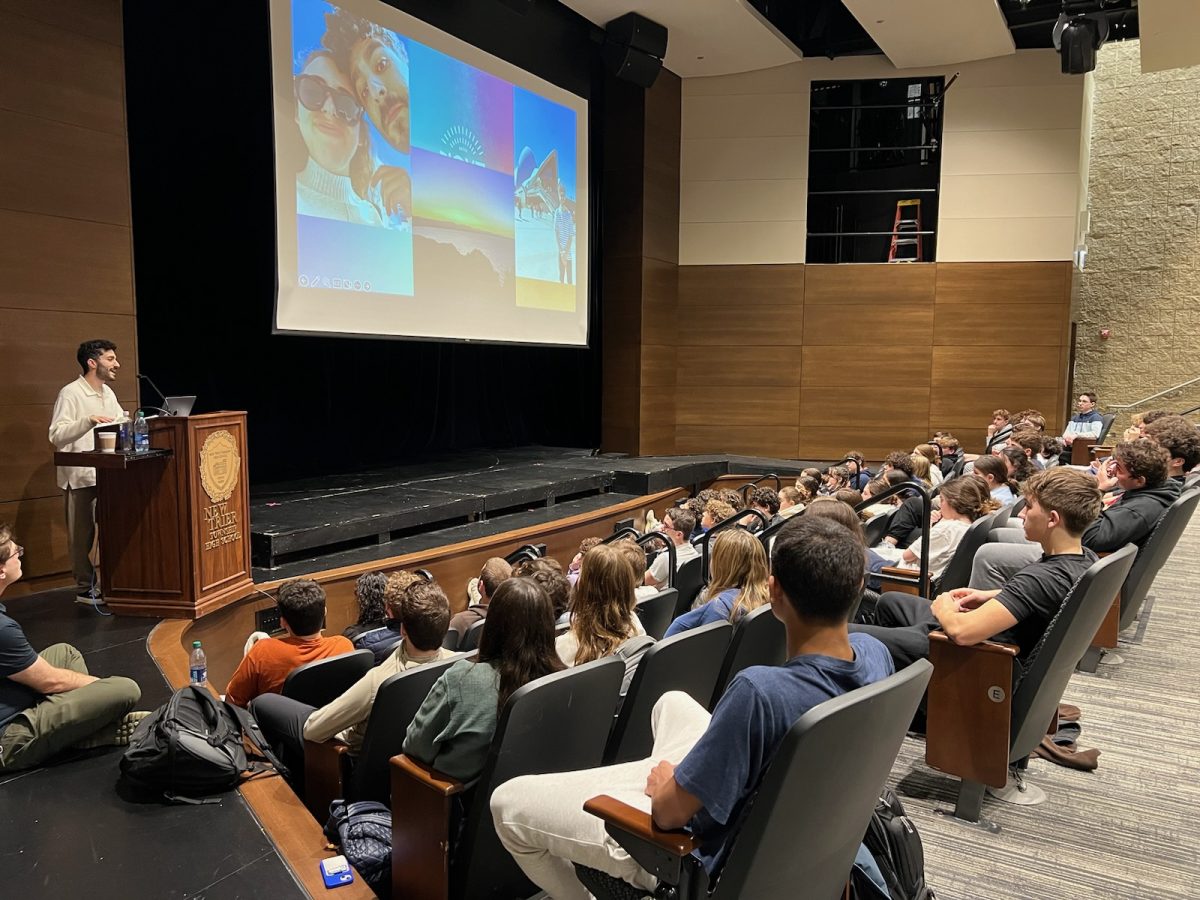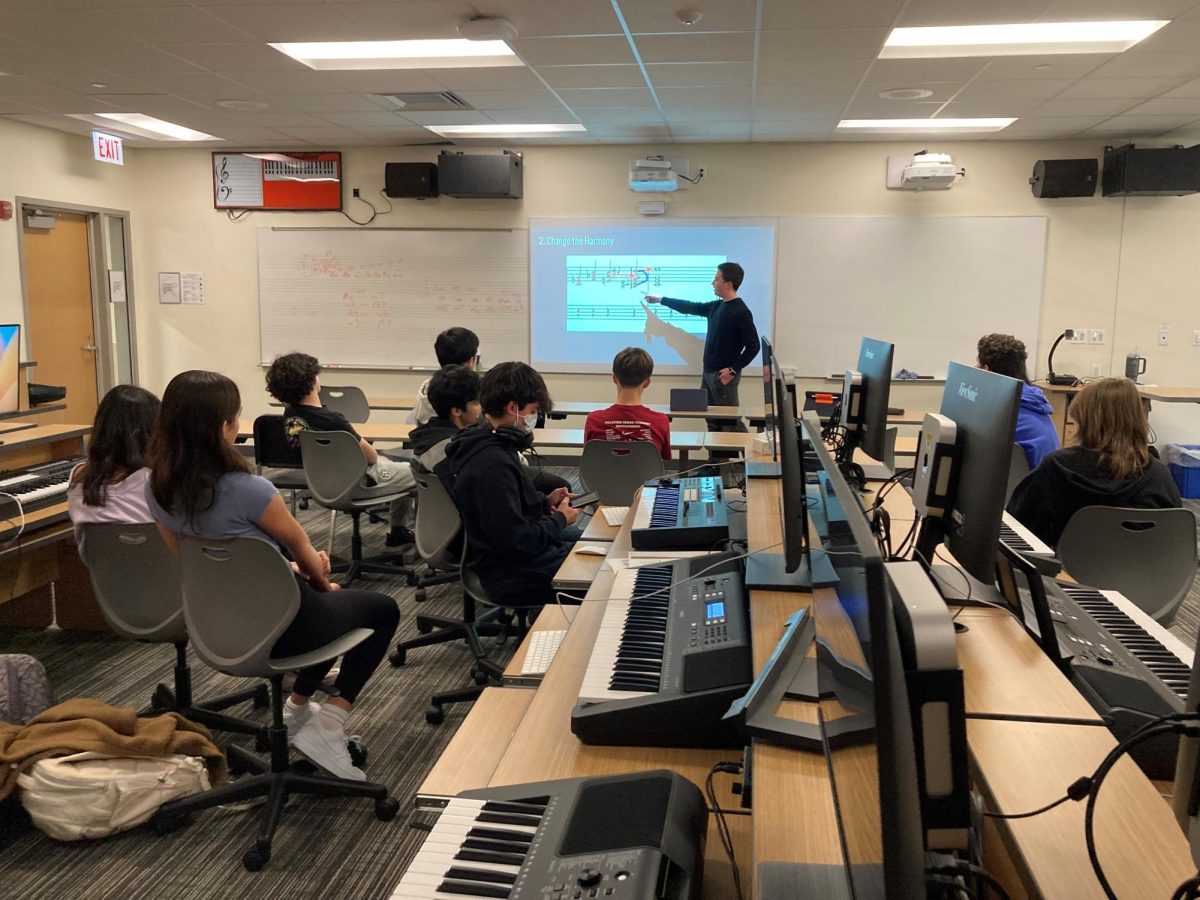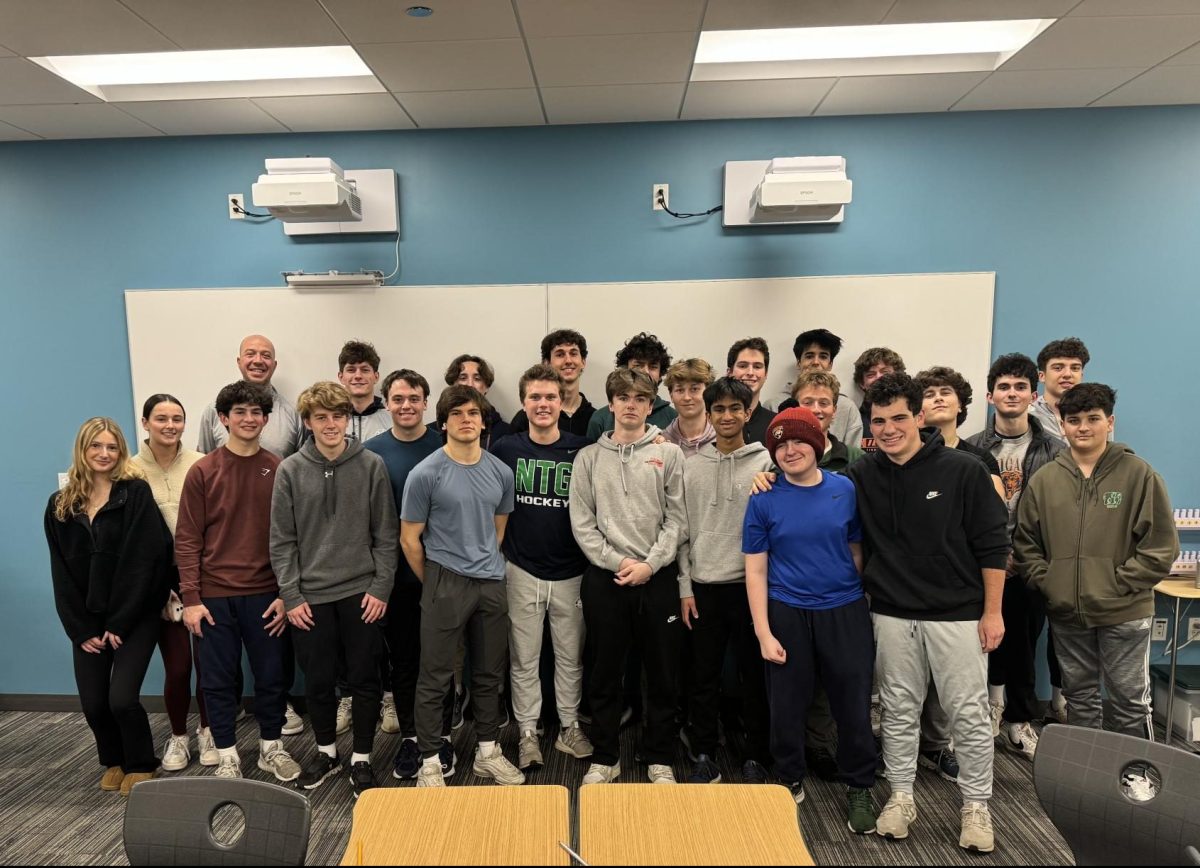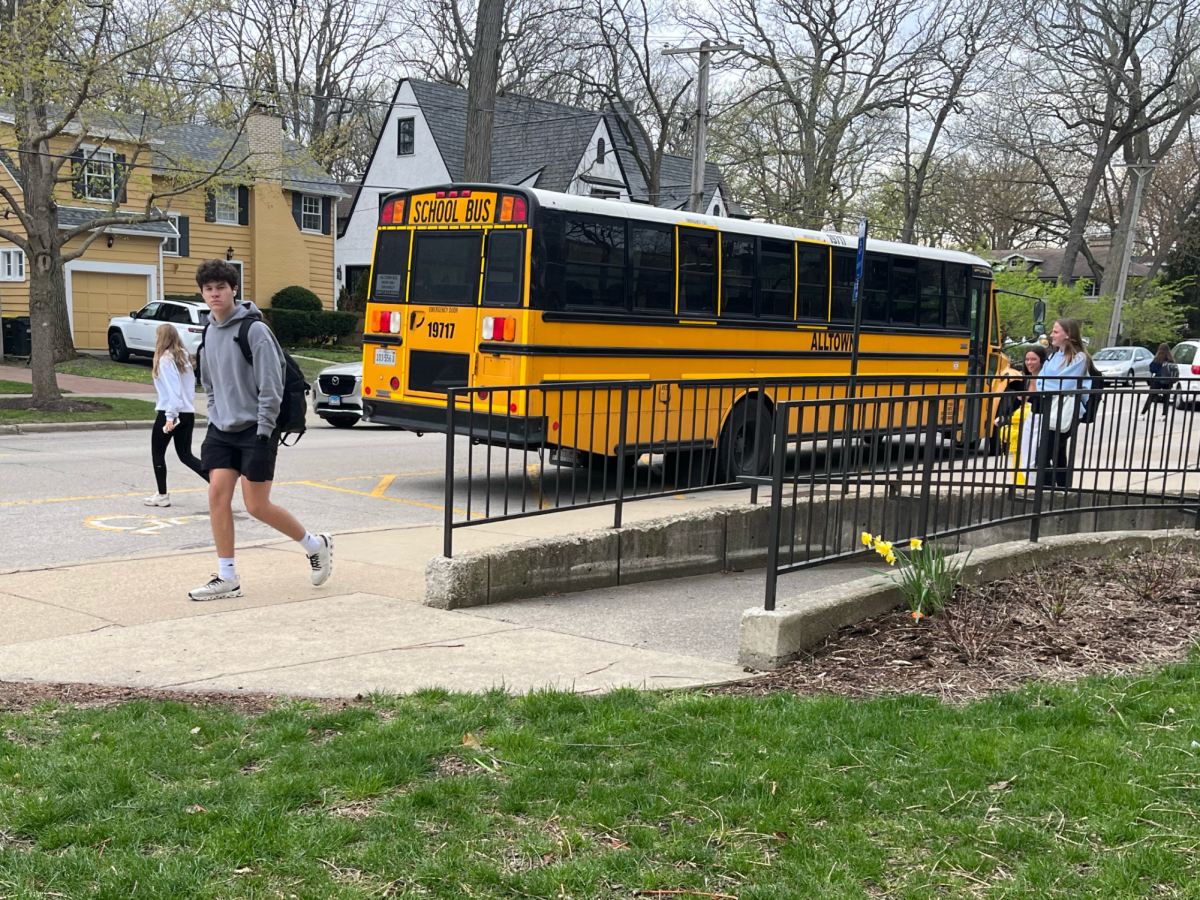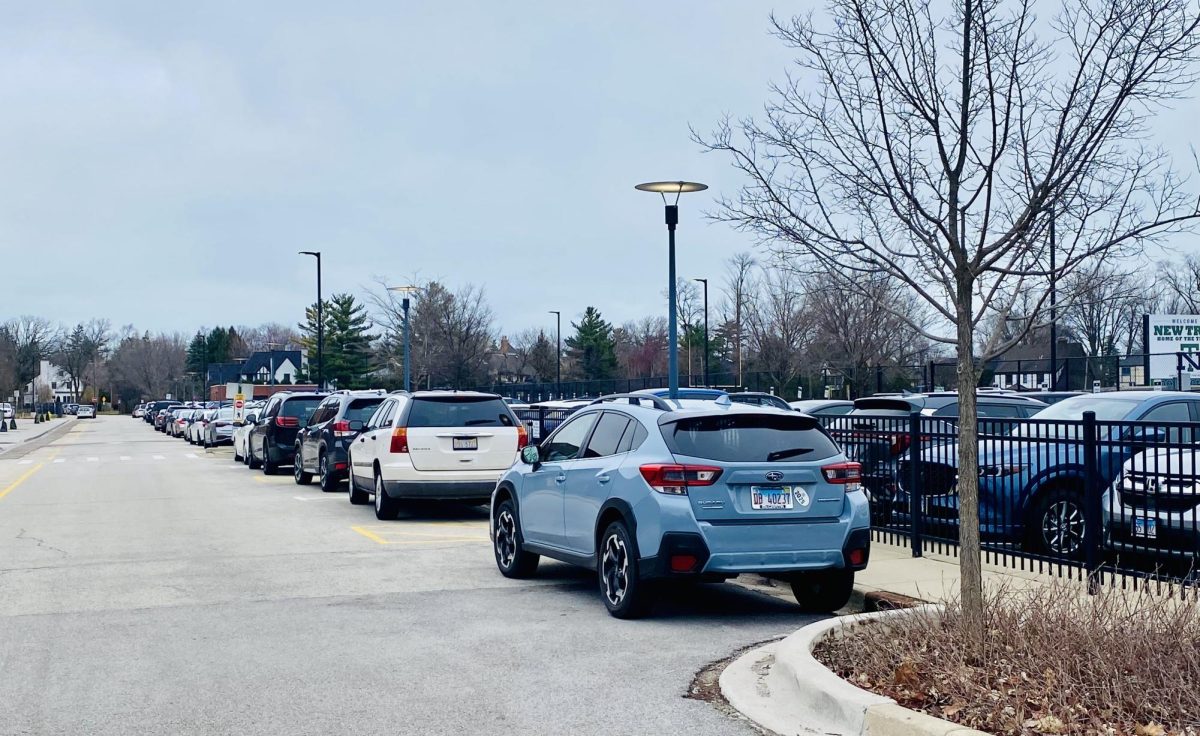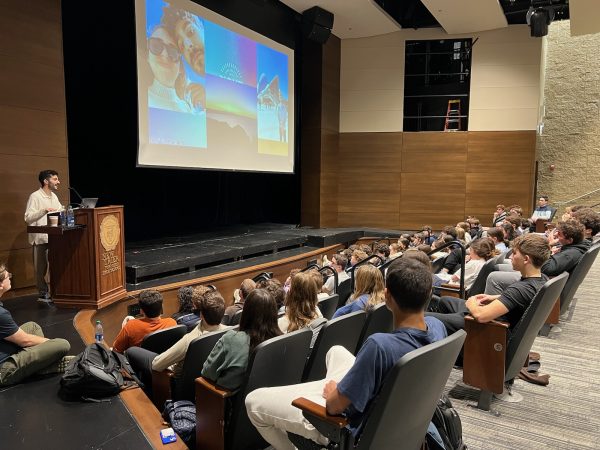CPD enforces change in response to recent shootings
Chicago clamors for gun regulation, Emanuel gives in
January 22, 2016
After the fatal shooting of Quentin LeGrier and Bettie Jones, as well as further accusations of police brutality, Chicago Mayor Rahm Emanuel announced changes to the policies of the Chicago Police Department.
In response to these shootings, including that of LaQuan McDonald in 2014, Emanuel cut short his personal vacation to Cuba and started to enact change in the police department. He gave a speech on Dec. 30, 2015 to announce these moderations.
The first of these changes was the dismissal of the CPD Superintendent Garry McCarthy. Because of the problems that had occurred during his time in this position, the mayor thought it best that he step down to restore Chicago’s trust in their police department. First Deputy Superintendent John Escalante is serving in his place.
The department also increased their number of tasers, doubling it from 700 to 1,400. Emanuel explained that his goal is to have at least one taser in each squad car so that there is a non-lethal option available to officers at all times.
Unfortunately, the tasers do pose problems. Officer Josh Perez, New Trier’s police liason, said the issue is not just about the device, but also about police experience and training.
“We have to be retrained every year,” Perez said. “We have to take a two-part written exam to be recertified.”
Perez also explained that both the training and the weapons can be costly. This issue was also brought up at Emanuel’s press conference.
Possibly due to confusion, the temporary Superintendent never answered the question directly. When asked where the money would be coming from, Escalante responded by restating the number of tasers they would be adding to the department.
However, Emanuel admitted that tasers won’t solve the whole problem. “Tasers, like cameras, are technology,” he said. “The tasers and the policy we’re announcing today go together somewhat like hand and glove.”
Perez expressed a similar opinion, saying that tasers help give officers another level of force to use, but they’re “not the solution.”
Perez, like Emanuel, strongly advocates for the new training policy. Emanuel announced in his speech the idea to make interactions with police “less confrontational and more conversational.” He talked about making the use of force a last resort instead of a first option, reiterating that “the goal is to make sure everyone goes home safely.”
Attention was called to the Chicago Police Department earlier this year as Chicagoans gathered in the city to march in protest of police misconduct, specifically the shooting of Laquan McDonald.
The shooting took place on Oct. 20, 2014. Around 10 PM, it was reported to police that 17-year old McDonald was breaking into trucks while using a three-inch knife.
According to police reports, when he was asked to put down the knife, McDonald refused. Shortly after, he was shot 16 times by officer Jason Van Dyke. McDonald died that night at 10:42 at Mount Sinai Hospital.
The video was released on Nov. 19, 2015, thirteen months after the shooting took place. Shortly after the video was released, a similar incident occurred on the West Side where 19-year old Quentin LeGrier and his 55-year old neighbor Bettie Jones were killed.
According to CNN, the CPD received a call that LeGrier was threatening his father with an aluminum baseball bat. LeGrier then called Jones, his downstairs neighbor, asking her to open the door when the officers arrived.
When they got to the scene, LeGrier was running down the stairs with the bat. He was shot by the police, and Jones was killed in the crossfire.
This event created even more unrest in the Chicago area. Civilians again gathered in the city to protest.
Perez thinks that Chicago’s greater size and limited budget may be a source of their struggles. He compared the city to Winnetka. “The people in this area have the benefit of having good leaders,” he said. “A small department makes it easier for everyone to get certified.”
There will be some challenges, but Emanuel is confident that with all the changes enacted, the CPD will be able to make a full turnaround. “We can change the culture,” he assured, “piece by piece, policy by policy.”




